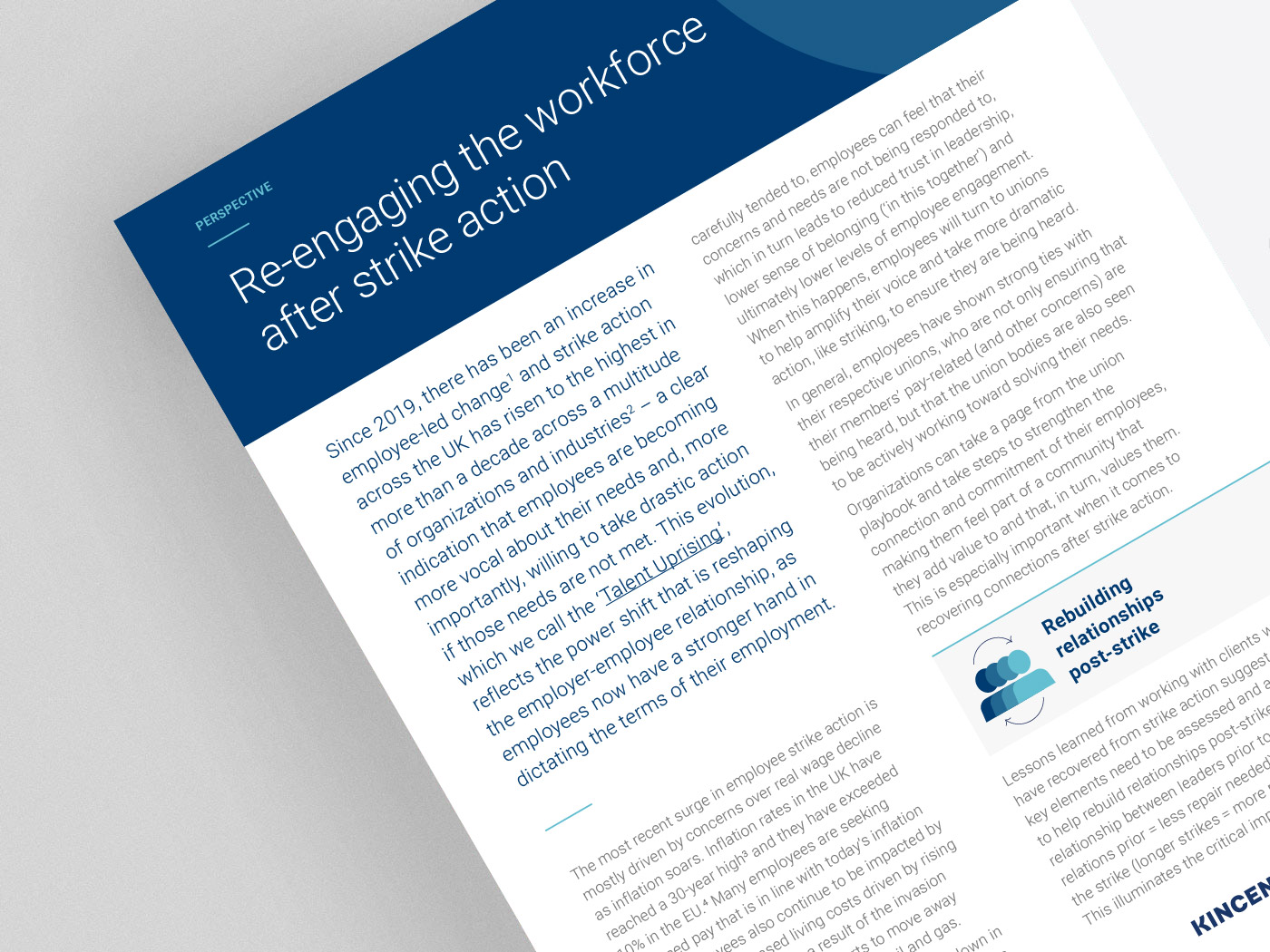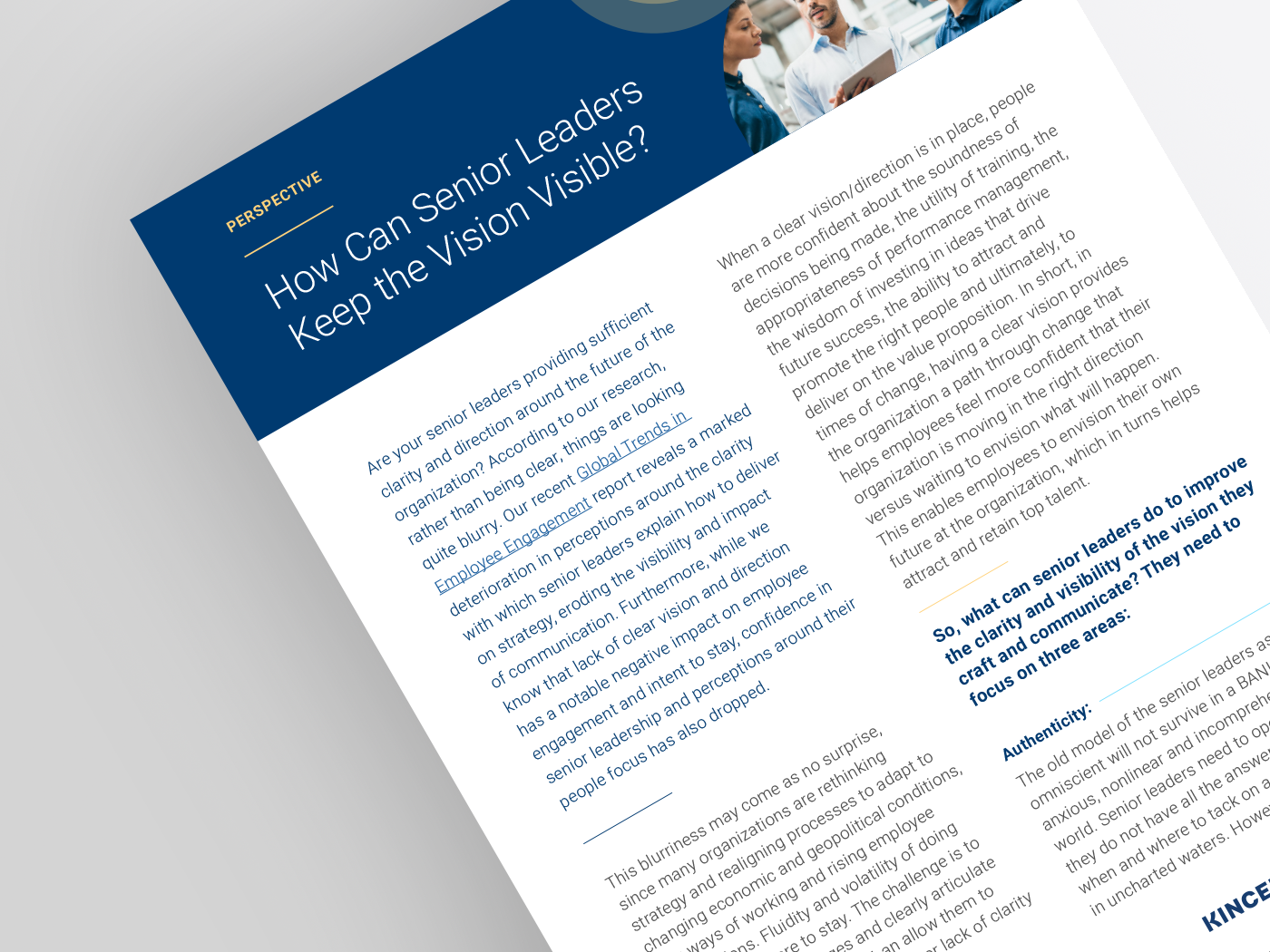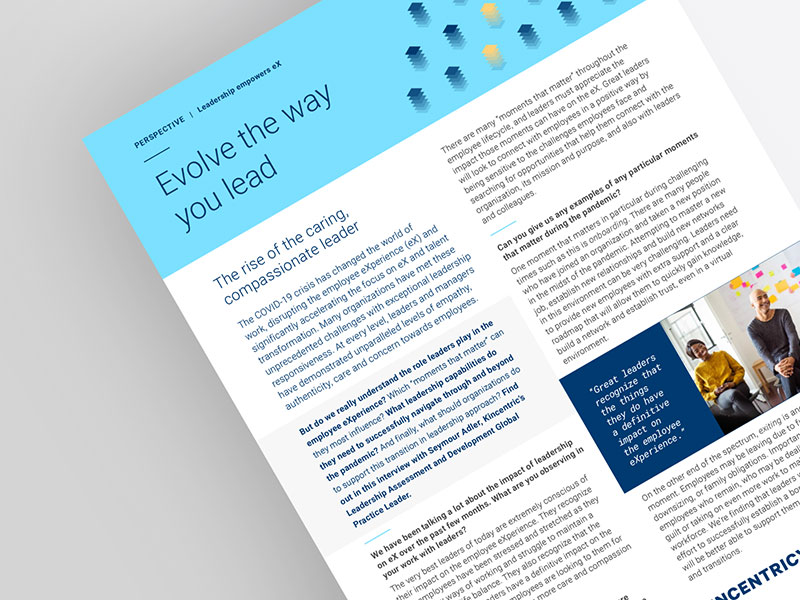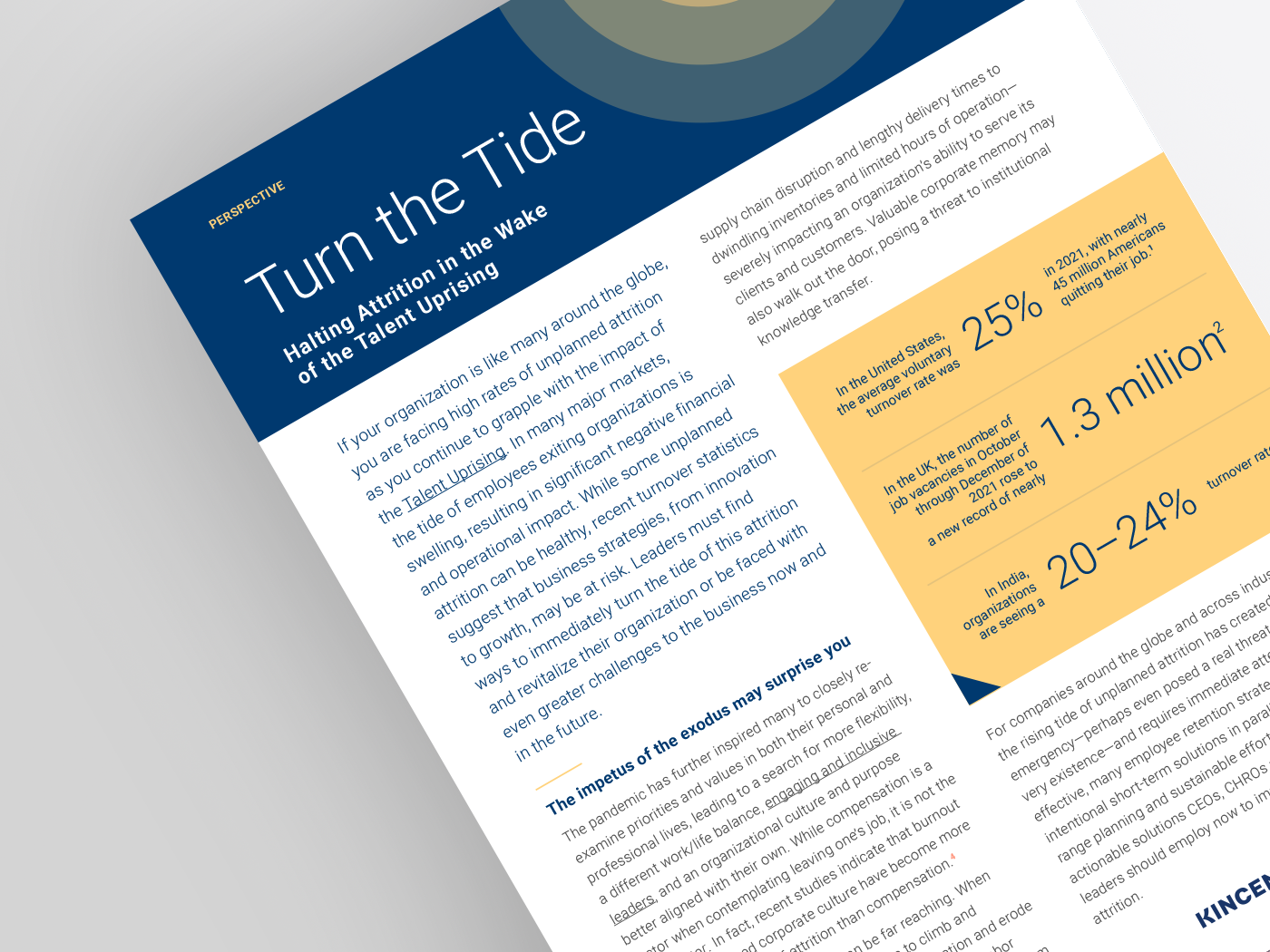
Since 2019, there has been an increase in employee-led change1 and strike action across the UK has risen to the highest in more than a decade across a multitude of organizations and industries2 – a clear indication that employees are becoming more vocal about their needs and, more importantly, willing to take drastic action if those needs are not met. This evolution, which we call the ‘Talent Uprising’, reflects the power shift that is reshaping the employer-employee relationship, as employees now have a stronger hand in dictating the terms of their employment.
The most recent surge in employee strike action is mostly driven by concerns over real wage decline as inflation soars. Inflation rates in the UK have reached a 30-year high3 and they have exceeded 10% in the EU.4 Many employees are seeking increased pay that is in line with today’s inflation rates. Employees also continue to be impacted by significantly increased living costs driven by rising energy prices, primarily a result of the invasion of Ukraine and European efforts to move away from the dependence on Russian oil and gas.
Strike action can be thought of as a breakdown in the relationship between the organization and its people. When this connection is weakened and not carefully tended to, employees can feel that their concerns and needs are not being responded to, which in turn leads to reduced trust in leadership, lower sense of belonging (‘in this together’) and ultimately lower levels of employee engagement. When this happens, employees will turn to unions to help amplify their voice and take more dramatic action, like striking, to ensure they are being heard.
In general, employees have shown strong ties with their respective unions, who are not only ensuring that their members’ pay-related (and other concerns) are being heard, but that the union bodies are also seen to be actively working toward solving their needs.
Organizations can take a page from the union playbook and take steps to strengthen the connection and commitment of their employees, making them feel part of a community that they add value to and that, in turn, values them. This is especially important when it comes to recovering connections after strike action.
 Rebuilding relationships post strike
Rebuilding relationships post strikeLessons learned from working with clients who have recovered from strike action suggest two key elements need to be assessed and addressed to help rebuild relationships post-strike: the relationship between leaders prior to the event (good relations prior = less repair needed) and length of the strike (longer strikes = more repair needed). This illuminates the critical importance of the relationship between leaders and their employees in resolving issues quickly and effectively.
In order for organizations to recover and move forward efficiently and successfully after strike action and prevent potential future strikes, leaders should focus on two areas:
 Increasing trust and visibility with employees
Increasing trust and visibility with employeesRestoring and rebuilding trust is the essential component in enabling teams to reconnect with their organization and ensure they are on board with the future path set out by their leadership teams. Trust is the foundation for effective working relationships. It’s essential to ensuring collaboration, increased creativity and risk-taking, effective execution of strategy, and fueling organizational commitment and loyalty.
Focusing on being a visible leader is key to building trust, and it shows commitment to genuinely understanding employees’ challenges and needs. Through being visible and having conversations with your employees, leaders will get closer to understanding and identifying solutions to the current challenges. It is an opportunity to be human, be vulnerable and show up authentically to employees.
There are direct actions that leaders can take to build visibility and restore trust across the organization.
 Recommitting to a path forward together
Recommitting to a path forward togetherOnce the strikes conclude, formal negotiations are finished and action points identified, what’s next?
Setting a clear path for the future, and ensuring employees are included on this journey, will ensure that employees are motivated to move forward and understand what’s expected of them and of their leaders. Globally, we see 6.5x higher levels of engagement when employees feel leadership is providing clear direction for the future.
To recommit to a path forward together, leaders need to develop a clear recovery strategy using the insights gained through exchanges with the impacted employees.
 Avoiding strikes in the future
Avoiding strikes in the futureOf course, strikes don’t need to be inevitable. Organizations can prevent future strike action through sustained connectivity with the workforce. Employee engagement surveys can be an effective mechanism for gaining regular insight into the challenges that employees are facing. The feedback gathered can help to identify opportunities for change or even simple enhancements to the way organizations are currently connecting with their people and teams. Employee engagement surveys should supplement, rather than replace, some of the more direct channels for connecting with the workforce that are outlined above. 360 surveys are also a useful tool to gauge how trust and connection is perceived in the organization and enable leaders to take action by fixing problems before employees feel the need to take more dramatic steps in order to be heard.
We are living in a new era where organizations need to evolve with the changing needs and expectations of their employees. In order to prevent future strike action, leaders need to re-engage their workforce and focus on developing a holistic, dynamic and ongoing approach to listening, dialogue and change. A single intervention will not foster that sense of community and commitment from employees to stop this happening again, and again, and again. The time to act is now.
2. https://www.theguardian.com/business/2022/nov/15/uk-strike-pay-wage-growth-unemployment-inflation
3.https://www.ons.gov.uk/economy/inflationandpriceindices/articles/ newestimatesofcoreinflationuk/2022
4. https://ec.europa.eu/eurostat/
5. https://www.kincentric.com/insights/unlocking-resilience-in-leaders-and-teams


Many organizations have met the unprecedented challenges of COVID-19 with exceptional leadership responsiveness, demonstrating empathy, care and concern.

Want the latest insights delivered straight to your mailbox?